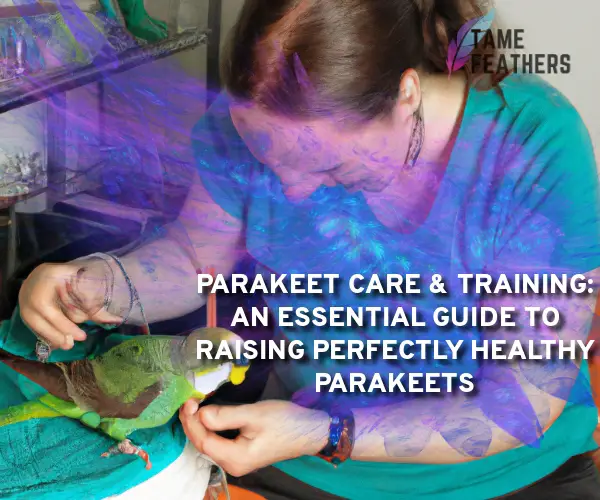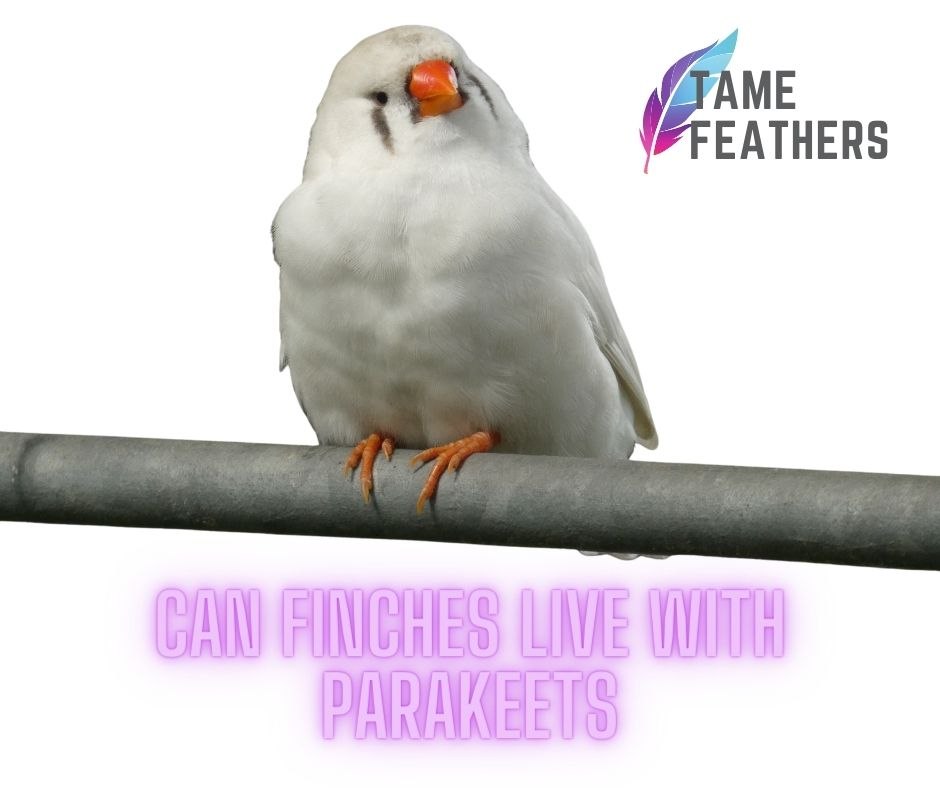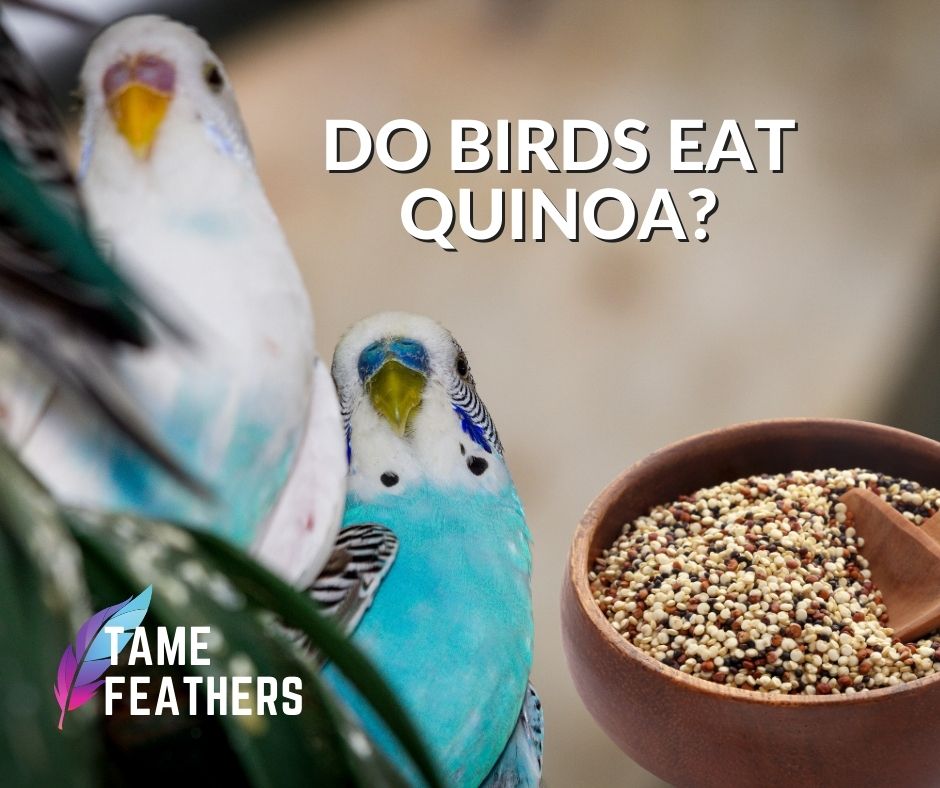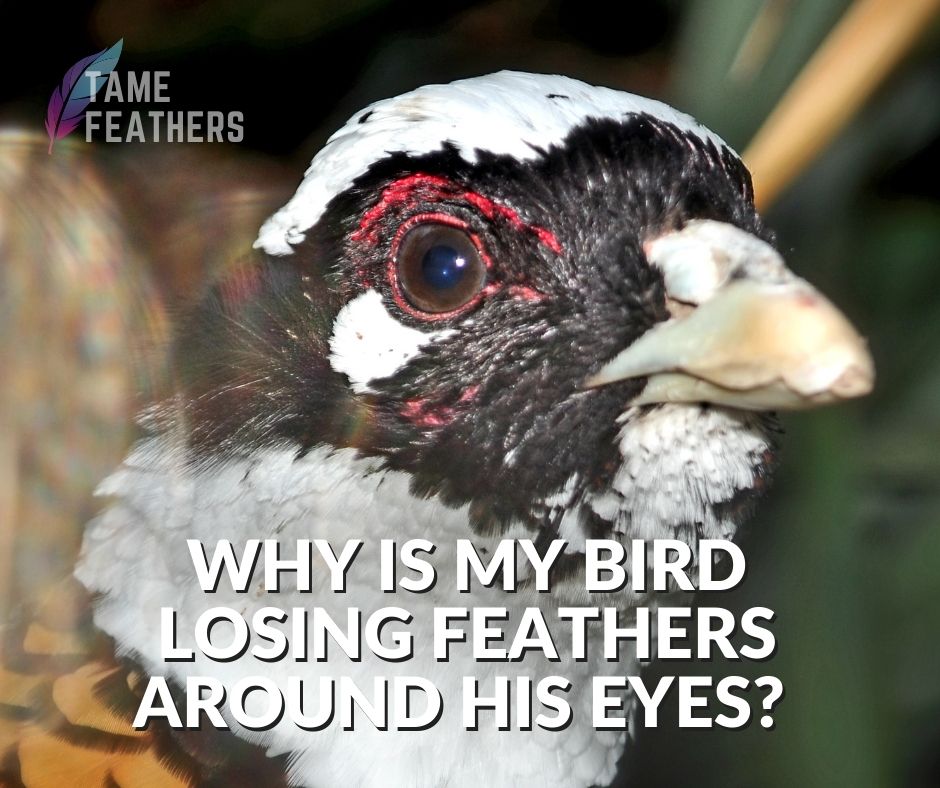Essential Supplies for Parakeet Care
When preparing to bring a parakeet into your home, there are certain supplies that you need in order to properly care for them.A cage is essential and should be large enough so that the bird can move around freely and flap its wings without hitting any bars or surfaces.
The floor of the cage should be lined with newspaper or paper towels so that droppings can easily be cleaned up.
Additionally, food dishes and water bottles should also be included in the cage setup.
Perches of different sizes and shapes made from natural woods provide great exercise opportunities as well as help keep their nails trimmed naturally.
Parakeets also benefit greatly from having toys available inside their cages.
Toys such as mirrors, swings, climbing ladders and chewable items like wood blocks are a great way to give your parakeet something fun to do inside its enclosure while keeping it entertained throughout the day.
Finally, you will want to make sure you have some kind of dusting powder on hand in case they develop any skin problems due to mites or other parasites which may occur from time-to-time during its life .
Diet & Nutrition Basics For Parakeets
Providing your pet parakeet with proper nutrition is critical for maintaining good health over its lifespan.To ensure balanced nutrition, quality seed mixes specifically formulated for parakeets are ideal because they contain all the necessary vitamins and minerals needed by these birds.
In addition to commercial seed mixes, fresh vegetables such as lettuce leaves (no iceberg), kale spinach , carrots , celery leaves , bell peppers etc.
, chopped fruit pieces like apples , oranges , grapes etc.
, cooked brown rice and boiled egg whites can all form part of a healthy diet.
It’s important not to overfeed or starve your pet – providing regular meals twice daily helps maintain an appropriate balance between eating too much food at once versus going long periods without enough sustenance between meals.
Lastly fruits high in sugar content including bananas should only ever be given sparingly if at all – they contain simple sugars which tend to breed bacteria when left out too long after being given making them less than ideal snacks for pet birds.
.
Regular Grooming & Hygiene Practices For Parakete Care
Grooming plays an important role in keeping your parrot looking neat while promoting better physical health overall.Regular preening sessions where feathers are carefully pulled through the bird’s bill helps keep them clean preventing dirt buildup that could lead to skin irritation .
It’s also helpful if possible during this process if some oil can be gently worked onto each feather using either fingertips or cotton swabs – this aids greatly in self grooming activities but needs only ever done very infrequently (
.
Another key element of grooming includes regularly trimming claws – If allowed unchecked these talons grow longer quickly restricting movement within enclosures plus causing potential damage both externally (to furniture) internally (if accidentally ingested).
Trimming nails isn’t difficult; however professional assistance is recommended first time round just until handler becomes more adept at performing task themselves.
.
Lastly bathing sessions generally aren’t necessary unless bird has gotten itself exceptionally dirty– instead frequent mistings down using warm water sprayed through spray bottle suffice most times effectively removing dirt particles from plumage whilst helping freshen air within enclosures simultaneously.
.
Training Your Pet Parrakeet
> Training involves teaching behaviors desired by owners with goal being able consistenly replicate performances on command– These range anywhere basic commands like “Come Here” right through trickier ones involving verbal interaction/ mimicry..
.
and even dancing! As far training goes consistency vital here- introduce one new lesson plan every few days rather than trying cram numerous elements within single session then expect results immediately.
.
.
.
Patience pays off hugely here! Also use same tone / language when communicating directions– Birds remember voice intonations associated with particular words providing another layer communication entirely.
.
Rewards play huge part too- Treats ranging anything small portion nuts right through dried fruit/ raisins handed out sporadically upon correct performance reinforce behavior patterns reinforcing positive response next time instructions provided again.
.
.
.
.
Finally introducing socialization early immensely beneficial here– Having contact family members especially children teaches bird trust humans thus increasing chance successful trainings occurring later down line!.
We Thought You Might Want To Know This About Parakeets… 😊
Thanks for reading this article: ” Parakeet Care & Training: An Essential Guide To Raising Perfectly Healthy Parakeets” Seeing as you were interested in this topic, you might find the following articles useful, too!Have a read of these… how far can parakeets fly,
can parakeets eat blackberries,
can parakeets eat popcorn





